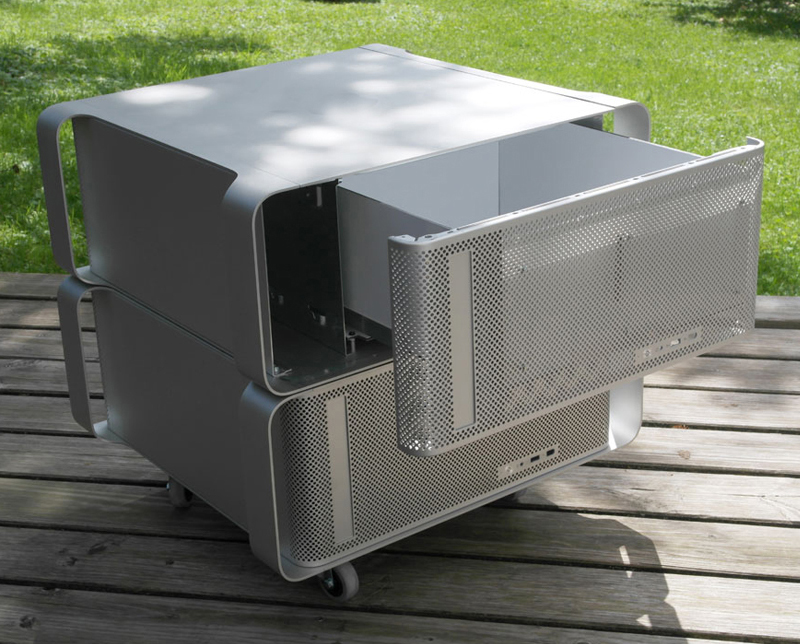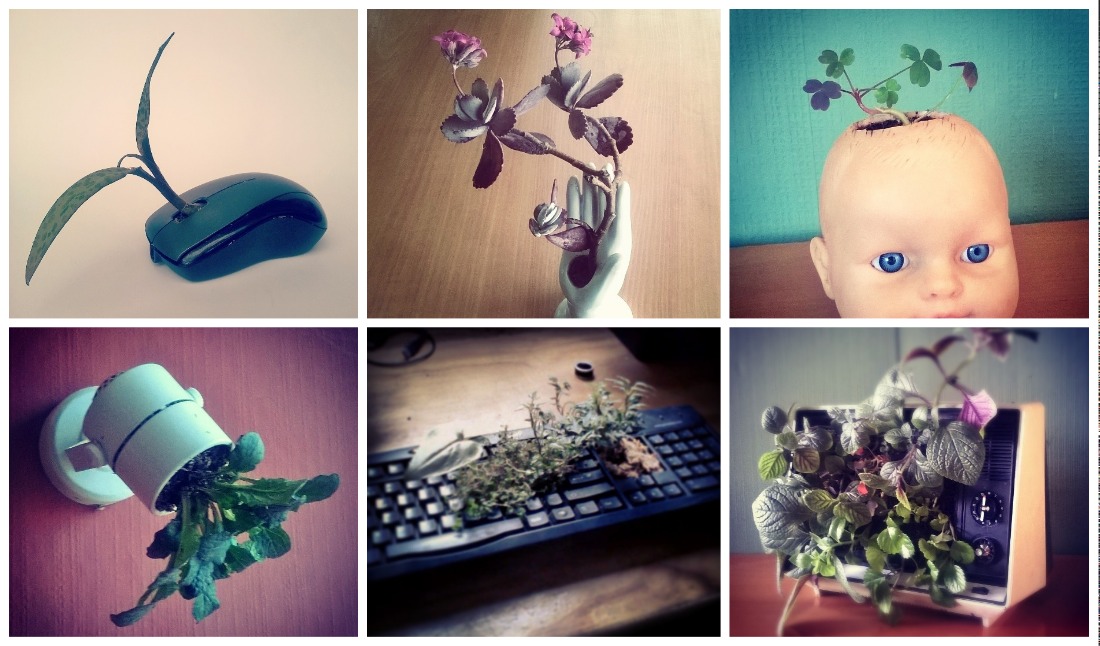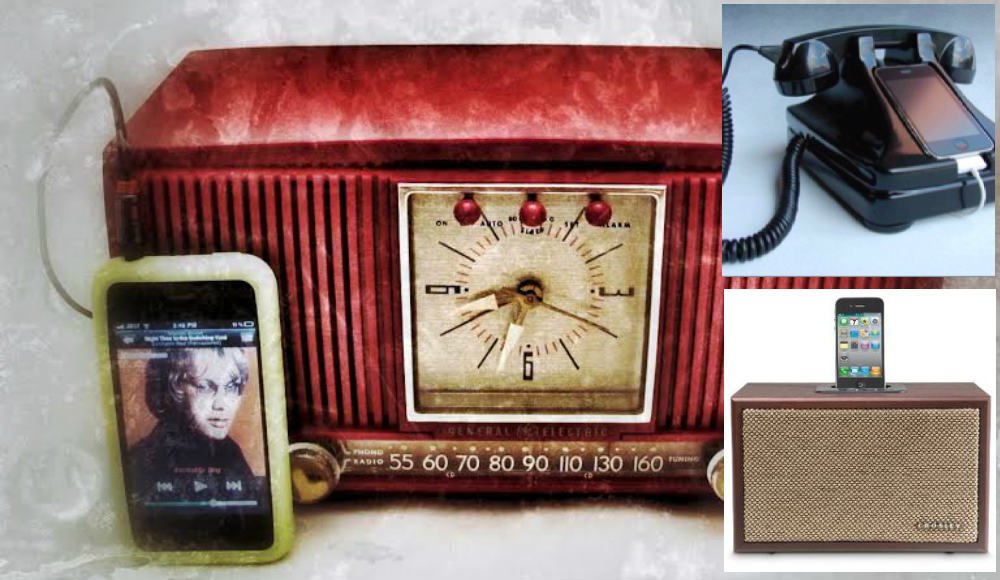Anúncios
If you're one of those people who owns an old, retired Macintosh, you know how hard it is to say goodbye to a computer that was more than just a machine. Your Macintosh has been your companion for years, lasting much longer than many PCs, and now it's calling it quits. But it doesn't have to be a final goodbye. Instead of simply throwing your computer away, you can turn it into a unique and functional piece of furniture: a coffee table made from Apple computers.
In this post, we’ll walk you through the process of creating an innovative coffee table using your old Macintosh. We’ll also cover the concepts of recycling and upcycling, which are creative and sustainable ways to extend the life of objects.

The Magic of Recycling and Upcycling
Recycling is the process of converting used materials into new products to avoid wasting potentially useful materials. Upcycling goes a step further by transforming used items into new products with greater added value. In the case of Apple computers, upcycling not only extends the life of the equipment, but also creates a unique piece of furniture.
The benefits of upcycling include reducing waste, preserving resources by avoiding the need for new materials, and creating custom pieces that reflect creativity.
Materials Needed for the Coffee Table
To create your own coffee table made from Apple computers, you'll need old Macintosh computers, basic tools like a screwdriver, pliers, and a saw, as well as additional materials like paint or finish for customization, table legs (which can be recycled or purchased separately), and glue or screws for fastening.
Preparing the Computer for the Project
Remove all internal components from your Macintosh, such as the motherboard and hard drives. Save them for reuse or dispose of them properly. Clean the inside and outside of the computer to remove any accumulated dirt and dust.
Check the frame of your Macintosh to make sure it is stable and free of loose or damaged parts. If necessary, add a base or panel to create a flat, stable surface for the coffee table.
Coffee Table Assembly
Arrange your computer components to form the base of your desk. Use the computer case as the base or stack multiple units for an interesting effect. Secure the components with wood glue or screws to ensure they stay firmly in place.
Choose legs for your coffee table, which can be pre-made or made from recycled materials. Attach the legs to the base of the coffee table using screws or heavy-duty adhesive to ensure stability.
Customization and Finishing
Sand the surface of the computer to ensure that the paint adheres well. Apply a primer if necessary. Paint the desk with your desired color or finish. The finish can range from a glossy, modern look to a vintage style, depending on your preference.
Add decorative elements, such as stickers or hardware details, to further personalize your coffee table. Apply a protective finish to ensure the table maintains its appearance over time.
Final Considerations and Tips
Research other computer desk projects for inspiration. Many creative projects repurpose old components to create modern, functional pieces. Consider adding storage space or hidden compartments to increase the functionality of your desk.
To care for your coffee table, keep it clean to preserve its appearance and ensure its durability. Check periodically to make sure all components are secure and that the table remains stable.
Turning your old Apple computer into a coffee table is an exciting and sustainable way to repurpose obsolete technology. With a little creativity and craftsmanship, you can create a unique piece of furniture that not only adds a special touch to your decor, but also reflects your commitment to sustainability.
If you’ve decided to go ahead with this project, share your creations and inspire others to transform their old gear into functional and stylish pieces. Keep exploring new upcycling ideas and keep your creativity flowing!
Check out other interesting facts about recycling clicking here.
Learn how to make art by recycling, Click here.




